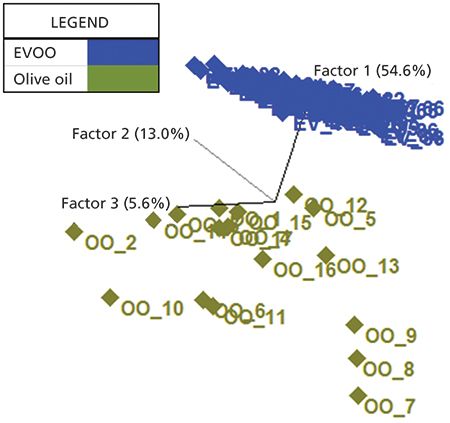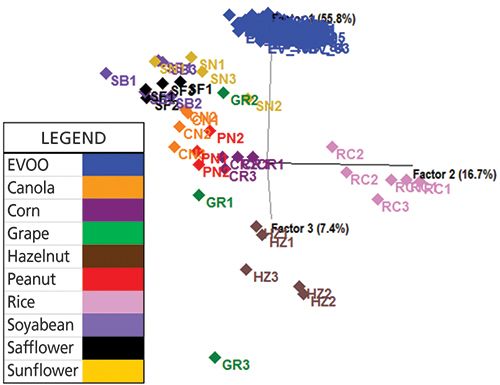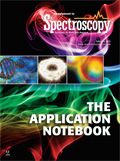Rapid Evaluation of Extra Virgin Olive Oil Using Fluorescence Spectra
Application Notebook
Strict production requirements, consumer demand, and at times poor harvests, result in high prices and can limit the supply of EVOO. Consequently, EVOO is susceptible to economically motivated adulteration with less expensive oils and claims of authenticity continue to be a concern.
Fluorescence spectra obtained with a microplate reader can be used to distinguish extra virgin olive oil (EVOO) from olive oil and other edible oils. This application describes the potential of using a microplate reader to rapidly collect spectra for evaluating EVOO authenticity.
Strict production requirements, consumer demand, and at times poor harvests, result in high prices and can limit the supply of EVOO. Consequently, EVOO is susceptible to economically motivated adulteration with less expensive oils and claims of authenticity continue to be a concern.
Many analytical approaches are available to evaluate the authenticity of EVOO. These techniques provide excellent data, but are typically time consuming and expensive. Spectral methods using UV-vis, NIR, FT-IR, Raman, and fluorescence have been developed as less expensive and simpler alternatives. Spectral methods require little to no sample prep and, often in conjunction with multivariate models, are able to detect various authenticity parameters with sufficient accuracy and precision.
Here, a rapid method to distinguish EVOO from other edible oils by measuring intrinsic fluorescence is described. A microplate reader is used to collect a large amount of spectral data with minimal effort.
Experimental Conditions
All samples were purchased from retail outlets over a two year period. They were loaded directly into 96-well microplates (UV-Star®, Greiner) and a series of emission scans were obtained with a Tecan Infinite™ M1000 plate reader using bottom reading. One EVOO was used as a reference throughout the study and was loaded into the first two columns of each plate. The remaining 10 columns were used for 10 samples (8 wells loaded per sample). The Tecan I-Control™ software places data into an Excel™ spreadsheet. VBA macros processed the data and concatenated the spectra for principal component analysis (PCA, Pirouette® V4.5, Infometrix).

Figure 1: PCA of 38 brands of EVOO and 10 brands of olive oil from a two year period. A total of 90 EVOO and 15 olive oil spectra were collected (several brands were represented by more than 1 bottle and several bottles were tested at different times).
Results
Fifty-three bottles of EVOO, represented by 41 brands, were measured over a two-year period. Ten samples were judged to be outliers. The fluorescence spectra of the remaining EVOO samples were compared to spectra of 10 olive oils using PCA. Figure 1 shows that all EVOO samples were distinguished from lower grade olive oil. The fluorescence spectra of nine other types of edible oils were also observed to be distinct from that of EVOO (Figure 2).

Figure 2: PCA of 38 brands of EVOO and nine other types of oils collected over a two year period. Three bottles were measured for each non-EVOO oil, in most cases representing different brands.
Conclusions
Samples representing a production window of approximately two years and a wide geographical range were selected to test the robustness of fluorescence spectra for distinguishing EVOO from other oils. Exploratory PCA was shown to resolve all EVOO samples from 10 other types of oils, including olive oil. Narrowing the geographic source of the EVOO would help improve sensitivity of models for adulterant detection. With minimal additional sample prep, the UV-vis capability of the plate reader could be used to add absorption spectra. Selection of the appropriate spectra and chemometric models have the potential to make this an efficient tool for both targeted and nontargeted screening of adulterants in EVOO, as well as other products/materials with intrinsic fluorescence.
Surveillant LLC
81 Halls Road, Suite A, PO Box 130, Old Lyme, CT 06371
tel. (860) 434-1334, fax (860) 288-5401
Website: www.surveillanttech.com
